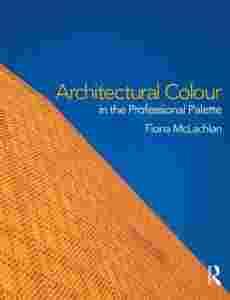How do architects use color? Do they adopt a different strategy or starting point for every project? Do they gradually cultivate individual color palettes, which develop alongside their body of built work? Do they utilize, or are they aware of, the body of theoretical work that underpins the use of color in the past, and forms the basis of most of the color systems commercially available today?
Informed by the author’s thirty years in architectural practice and academia, this book investigates, documents and analyzes the work of a number of contemporary architects in order to respond to these questions and provide a clear reference of contemporary color use. The book suggests a holistic approach to the integration of color in architecture; through a series of thematic essays, the text explores and reveals underlying principles in color design and application. Case studies include:
- AHMM
- Caruso St John
- Erich Wiesner and Otto Steidle
- Gigon/Guyer
- O’Donnell + Tuomey
- Sauerbruch Hutton
- Steven Holl
- UN Studio.
The book provides clear insights into how particular contemporary architects use color confidently and intelligently as an integral part of their design philosophy, in conjunction with their choices of materials and finishes.
Offering a stimulating view of the history of color theory, and pragmatic advice to practicing architects, this book will be inspiring to both design professionals and students.

